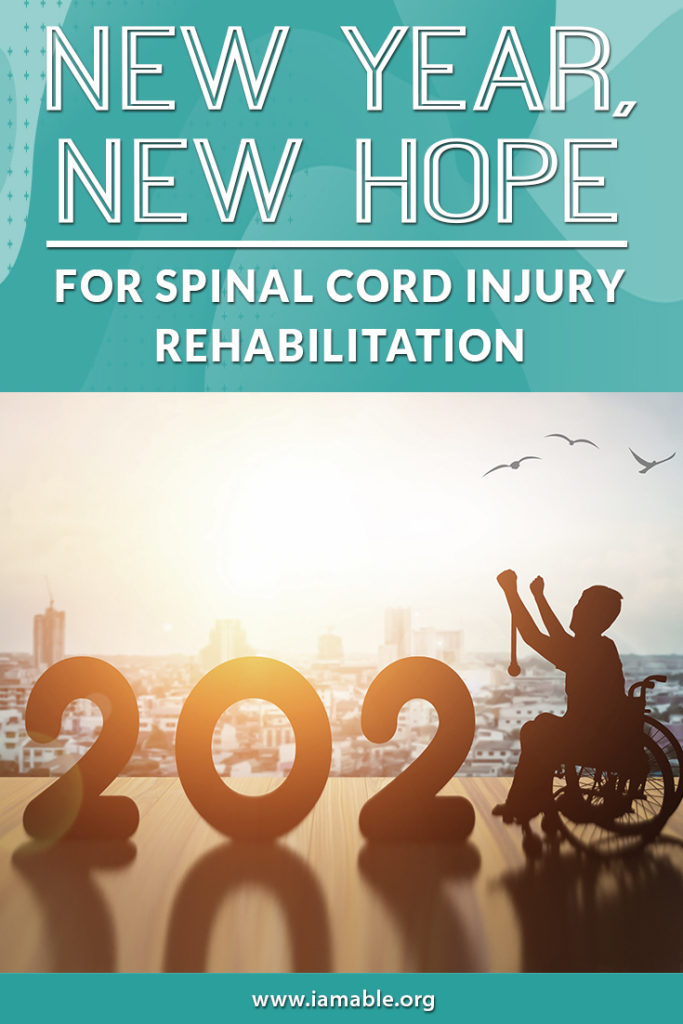Miami, FL 33186

Complete SCIs result in paralysis by severing the connection between the brain and parts of the body below the injury. There was a time in the past when spinal cord injury rehabilitation was not even recommended for this type of injury because medical professionals thought there was no hope of recovery. Today, more research than ever is going into helping the millions of SCI survivors out there to recover as much function as possible. Let’s look at some of the breakthroughs that are providing new hope for spinal cord injury rehabilitation in 2021.
A report published in The New England Journal of Medicine in 2018 is entitled Recovery of Over-Ground Walking after Chronic Motor Complete Spinal Cord Injury. The title alone is enough to give hope, even though the results varied for the four SCI patients in the study. What did the researchers do, and what were the results? Here is a breakdown of the study for the four participants:
One of the most exciting things about this study is that it shows years can pass between the occurrence of the injury and the success of the spinal cord injury rehabilitation. Each participant was two and a half to three and a third years past their injury when the study began. They were all 3.8 to 5.9 years past the initial injury when the research ended.
Keep in mind that after the initial training, an implant provided epidural stimulation just below the injury during the training. So this study did not discuss the potential results of the physical activity without the additional surgical procedure and implant.
The other type of research making waves in SCI research is stem cells. Olfactory ensheathing cells (OECs) seem to be particularly useful in helping to heal a damaged spinal cord. The treatment involved 100 microinjections of stem cells that were grown in culture from the patient’s own olfactory bulb. Utilizing strips of nerve tissue, the scientists were able to bridge the gap resulting from the spinal cord injury.
The neural circuitry that allows us to smell is the only part of the central nervous system that researchers have found that continually regenerates itself in adults. So it makes sense that researchers utilized these unique cells in their research. The man who has regained the ability to walk as a result of the study is named Darek Fidyka, and you can read his amazing story on BBC News.
Ongoing research continues to provide hope that medical researchers will discover new ways to bridge the gap and heal even complete spinal cord injuries in the future. Research involving animals also shows the efficacy of the use of OECs in spinal cord injury rehabilitation.
While most SCI survivors are not going to qualify for stem cell research, locomotor training is a realistic therapy. For example, in Miami, Florida, iAM ABLE is using Lokomat therapy to help rehabilitate SCI patients. The device involves a harness that “unweighs” a patient along with an exoskeleton that does all or part of the walking. The physical therapist can adjust the controls depending on the advancement of the patient.
At the very least, this gets the patient exercise for non-functioning muscles. At best, it may help the body to restore some function by assisting the nervous system to rewire itself. It is also an excellent therapy for those with incomplete spinal cord injuries, as it can help restore a more natural gait.
At iAM ABLE, we want to help you get the most from your spinal cord injury rehabilitation. That is why we offer an eBook entitled 7 Unbelievably Important Steps to Take to Thrive after Paralysis. As you can see from the research in this article, one key factor in recovering from an SCI is not to give up hope! Our book will help you to accept your new challenges and refocus your efforts on optimizing your recovery outcomes.
Grab our free e-book 7 Unbelievably Important Steps to Take to THRIVE after Paralysis by clicking the image below.
